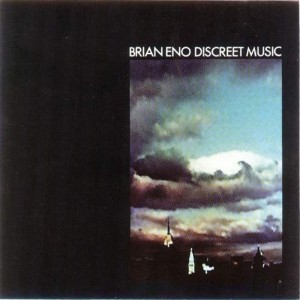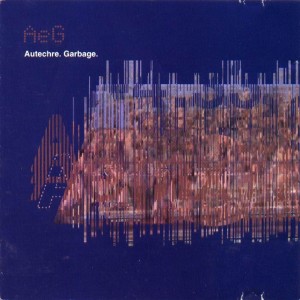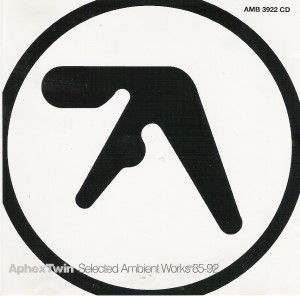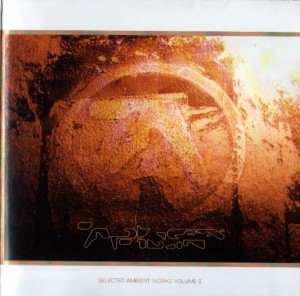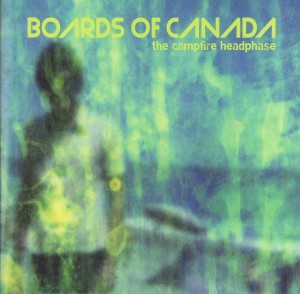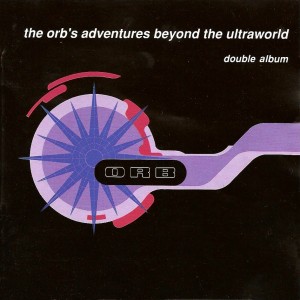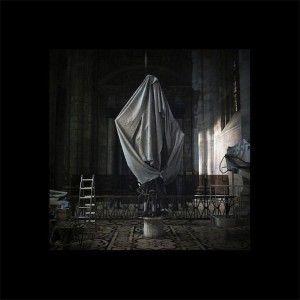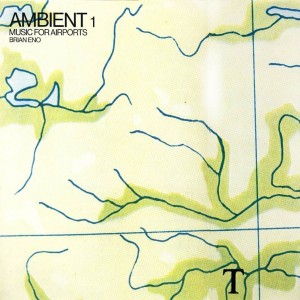In 1971, the famous glam rock band Roxy Music was established by Brian Ferry. Among its members was the young Brian Eno, referred to in credits as simply “Eno”, who was enlisted for “treatment” of the group’s sound. Initially, Eno didn’t appear on stage during Roxy Music performances, but eventually began to appear, providing background vocals, filtering, sound mastering, and synthesizers. He is largely credited for the group’s early successes.
However, it was not long before tensions between Ferry and Eno caused the group to split up. Eno immediately embarked on a solo venture, releasing experimental rock albums such as Here Come the Warm Jets and Taking Tiger Mountain by Strategy. As time went on, his music leaned more and more towards electronics. Influenced by the subdued jazz of Jan Garbarek, the delicate and beautiful minimalism of Steve Reich, and the experimental oddities of John Cage, his sonic experimentation became not only a noticeable element of his music, but perhaps the forefront of it. These influences, combined with an accident in January 1975, resulted in a unique and monumental release, Discreet Music. The accident had made movement difficult, and a friend of his brought him a record of 18th century harp music. Said he in the liner notes,
“After she had gone, and with some considerable difficulty, I put on the record. Having laid down, I realized that the amplifier was set at an extremely low level, and that one channel of the stereo had failed completely. Since I hadn’t the energy to get up and improve matters, the record played on almost inaudibly. This presented what was for me a new way of hearing music – as part of the ambience of the environment just as the colour of the light and the sound of the rain were parts of that ambience.”
Critics and fans alike were taken aback by the unique sounds presented in Discreet Music, which stepped so far away from rock and dove headfirst into electronic, avant-garde, and classical. The idea was based purely on the concept of music as an environmental tool, of contributing to the ambience of the environment. Eno wanted music that could be rewarding to focus on intently while simultaneously being easy to blend in with the surroundings. It would be against this idea to make music that disturbed the setting, and yet it would also contradict the goal to make attentive listening a bore. “I was trying to make a piece that could be listened to and yet ignored…perhaps in the spirit of [Erik] Sadie”, said Eno regarding the release.
Within the next few years, Eno would become the father of an entire genre, coining the term “Ambient Music” with his 1978 release, Ambient 1: Music for Airports, beginning production and collaboration on a number of ambient-inflected works, most notably David Bowie’s Berlin Trilogy from 1977-1979 (Low, “Heroes”, Lodger). Having become the innovator of a new brand of music, Eno became a major influence to countless future artists. Between Discreet Music and the Ambient (1-4) series, music would forever be changed and Eno would be crowned in the musician’s MVP list as a producer, musician, and lateral thinker.
Beyond the 70’s, not only would rock groups take note of Eno’s work (or in the case of bands like U2, get his direct help), but a whole fleet of up and coming musicians bowed to the idea of ambient music. Some of the notable of these being Aphex Twin (who overtly titled two of his albums “Selected Ambient Works”), The Orb, Bjork, Boards of Canada, Depeche Mode, Oval, David Bowie, Autechre, M83, Enya, and My Bloody Valentine, among countless others. His influence is unmistakable and cannot be understated. To this day, Eno remains a prime innovator in musical thinking and ambient production.
![Brian Eno seeks to make music that "could be listened to and yet ignored…perhaps in the spirit of [Erik] Sadie"](http://www.saltartists.com/wp-content/uploads/2014/05/Brian-Eno-03-300x168.jpg)
Brian Eno seeks to make music that “could be listened to and yet ignored…perhaps in the spirit of [Erik] Sadie”
A dear friend of mine is leaving on an LDS mission soon. He has struggled with issues of depression and suicidal thoughts in the past, and like many people, music has been one of his biggest escape routes. Music is a way of coping, as it expresses what words cannot. To serve on an LDS mission means giving up almost all of your music listening time and almost all of the music you could listen to, in order to focus on your goal. For him, the deprivation of music is a serious sacrifice. However, music appropriate for a mission can be found, and it is my belief that ambient music qualifies, as it soothes the soul, calms the mind, and relaxes the body. It expresses deep emotion with no words, and it serves as a distraction from problems without being a distraction from goals. In the past couple of weeks, I have been assembling some ambient music for him to bring on his mission, which inspired this, my first article on this fine website.
To those who are unfamiliar with ambient music or have yet thought that it may be too dull or quiet for your taste, perhaps it takes knowing the context of Eno and it’s purpose, or perhaps it just takes finding the right melodies to add to your environment. Here, I post some of my favorite ambient pieces (in no particular order), for the enjoyment of the great readers of SALT Artists, in hopes that you can develop an admiration for the type of music and perhaps find intrigue in the intricate beauty of the music that paradoxically manages to be demand attention while also being a backdrop of sound.
Suggested Listening:

“Fullness of Wind” – Discreet Music – Brian Eno – 1975. The album that started it all for ambient music, the title track is nearly 30 minutes of complex algorithmic sound delay looping. The second half is made up of 3 variations on the famous “Canon in D Major” by Johann Pachelbel, with parts being played at alternating speeds or in different places, to give a new texture.

“Section III-A” – Music for 18 Musicians – Steve Reich – 1978. A continuous exploration into classical minimalism based on only pulsing chords by 18 musicians, this album is one of the most charming avant-garde albums, making for easy listening while still being intricate enough for deep thought, just as Eno had proposed. Steve Reich was one of Eno’s major influences.

“An Ending (Ascent)” – Apollo: Atmospheres & Soundtracks – Brian Eno – 1983. Originally written for a film about the moon landings, the beautiful music therein has been an inspiration for many musicians, combining ambient music and western-style instrumentals. Imogen Heap sang over this track on the Frou Frou song “Hear Me Out”.

